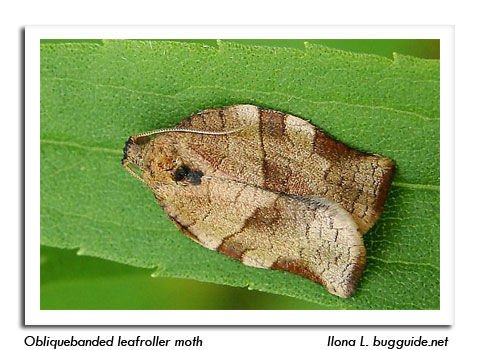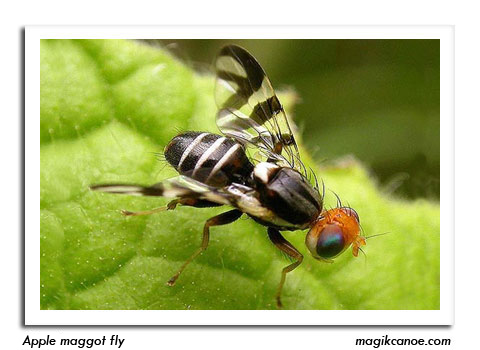
 |
|
|
Fruits
Volume 59 Number 15 Date 08/14/2014 OBLIQUEBANDED LEAFROLLER - Moths of the second flight are appearing in high numbers across much of the state, as far north as Edgar in Marathon County. The summer flight could be prolonged until early September this year if temperatures remain cooler than average, in which case surface feeding damage would also persist into fall. APPLE MAGGOT - Emergence increased abruptly this week at a few orchard locations. Counts of 22 and 23 flies per unbaited red sphere trap were reported from Gays Mills and Mineral Point, respectively, while 15 of 26 orchards registered one or more flies. Apple growers should maintain traps and continue apple maggot sprays as long as the flies are being captured and counts exceed established economic thresholds. SPOTTED WING DROSOPHILA - The list of counties with confirmed SWD infestations continues to grow. Counties reporting SWD detections this season include: Crawford, Dane, Door, Iowa, Jackson, La Crosse, Monroe, Rock, St. Croix, Vernon and Washburn counties. Infestations are also suspected in Sheboygan, Trempealeau and Washington counties, but have not yet been verified. Recommended preventative controls for conventional small fruit growers consist of repeated insecticide applications at four- to five-day intervals. A list of insecticide options can be found on the UW-Madison SWD website at http://labs.russell.wisc.edu/swd/management-2/. For organic operations, the OMFI-approved insecticides PyGanic and Entrust are available for SWD management. Effective control of this insect requires early monitoring to determine fly abundance and starting treatments before the maggots appear in fruits. CODLING MOTH - Since August temperatures have generally been below-normal and degree days are accumulating slowly, some orchards have not yet documented the peak emergence of summer codling moths, expected to occur 1,300-1,400 degree days (modified base 50°F) after the first spring biofix. Pheromone lures should be replaced in advance of the anticipated increase in moth activity at these sites. -- Krista Hamilton, DATCP Entomologist 




|
|
|